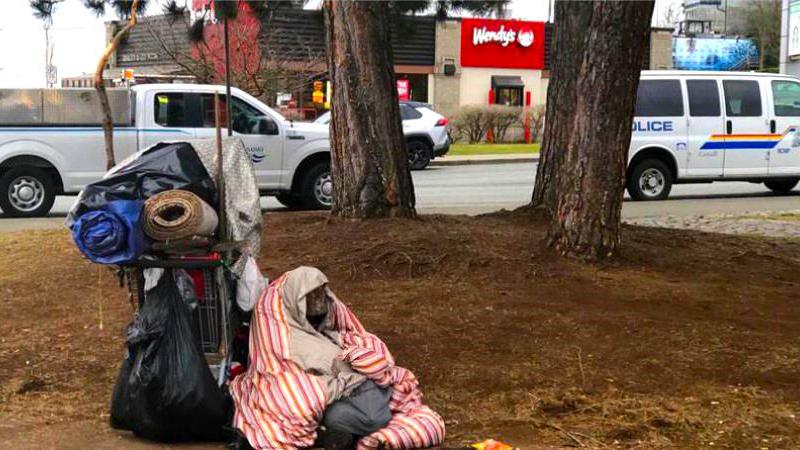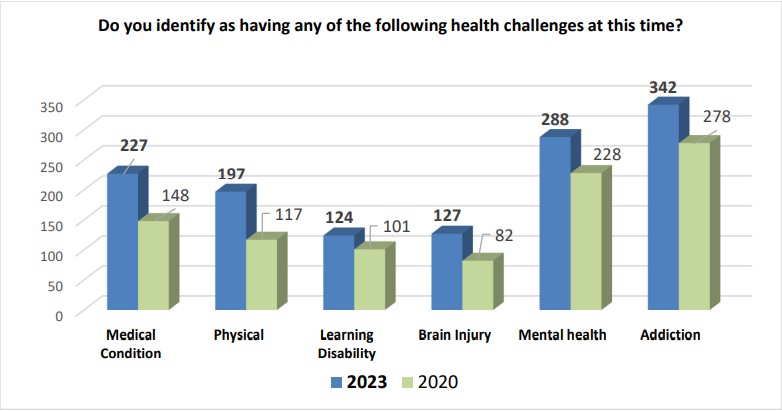
‘We’ve basically tripled since 2016:’ Nanaimo homeless census sees significant rise
NANAIMO — To nobody’s surprise, the number of unsheltered people in Nanaimo has surged significantly.
A final report on the 2023 Nanaimo Point-in-Time Count & Survey showed 515 people were unhoused in Nanaimo, which census coordinator Andrew Thornton said is a number that likely only represents about 60 per cent of reality.
“We’ve basically tripled since 2016. It is dire, but not quite as dire is that it’s gotten really bad everywhere in Canada.”
Thornton told a Monday, April 8 Nanaimo City Council meeting an estimated 800 to 1,000 people are believed to be currently homeless in the Nanaimo area.





